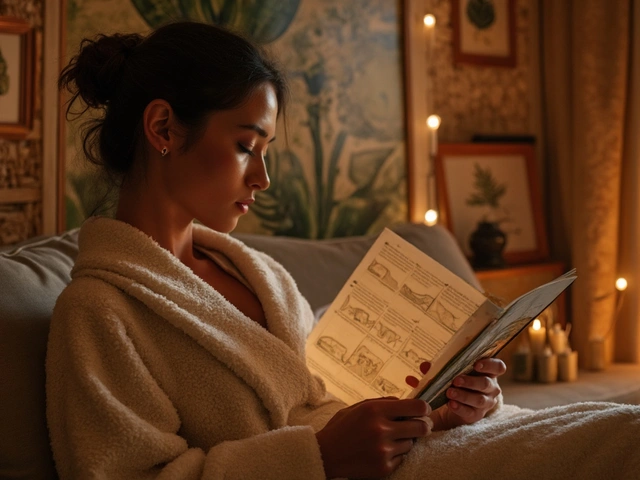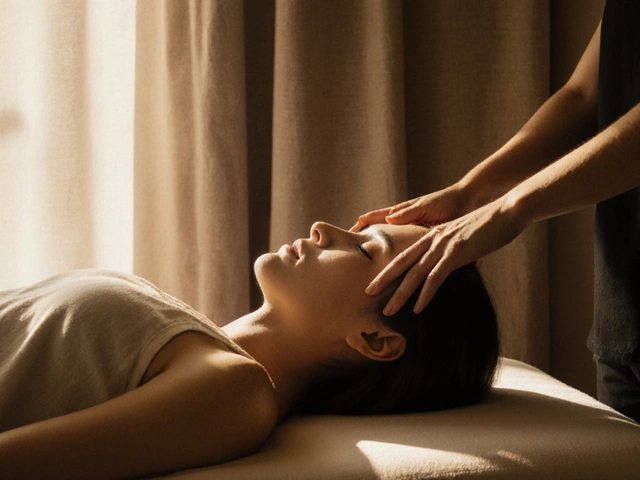Essential Oils for Massage: Practical Use, Safe Dilution, and Easy Blends
Want to add essential oils to your massage routine without guessing? Good choice. Oils can boost relaxation, ease muscle pain, or lift mood when used right. Below are clear tips, exact dilution numbers, and a few blends you can try today.
Top oils and how to use them
Lavender — calming and great for full-body relaxation. Peppermint — cooling, ideal for sore spots and neck tension. Eucalyptus — opens airways and eases chest tightness; pair with a gentle massage for deep-breath sessions. Sweet orange or bergamot (use bergamot FCF to avoid sun sensitivity) — bright and uplifting for short sessions. Frankincense — grounding, useful near the shoulders and upper back.
Match the oil to the goal: pick lavender or frankincense for sleep and stress, peppermint or eucalyptus for muscle ache, and a citrus for a quick mood boost. Don’t mix too many strong oils—two is usually enough.
Safety, dilution and quick rules
Never use essential oils neat (undiluted) on skin. Use a carrier oil like sweet almond, jojoba, or fractionated coconut oil. Common dilution guide for adults: 1% (6 drops per 10 ml carrier) for daily full-body massage or sensitive skin; 2% (12 drops per 10 ml) for general use; 3% (18 drops per 10 ml) for short-term, targeted pain relief. For children, older adults, or pregnant people, use much lower dilutions (0.25–1%) and check with a healthcare professional.
Do a patch test: put one drop of diluted mix on the inner forearm, wait 24 hours. If you see redness, itching, or burning, don’t use it. Keep oils away from eyes, mouth, and broken skin. Avoid certain oils in pregnancy and for people with epilepsy or severe allergies—ask a pro if unsure.
Storage matters. Keep essential oils in dark glass bottles, away from heat and sunlight. Most citrus oils last 1–2 years; woody oils like frankincense or cedar can last 3–5 years. Label your blends with date and ingredients.
Simple blends to try (for a 10 ml carrier bottle):
- Relaxing: 12 drops lavender + 6 drops sweet orange (2% total). Great before bed or for a calming full-body massage.
- Muscle relief: 8 drops peppermint + 8 drops eucalyptus (2% total). Apply only to sore areas, avoid face and chest in small children.
- Uplift: 10 drops grapefruit + 8 drops bergamot FCF (2% total). Use for short, energizing sessions—avoid sun exposure on treated skin for 12 hours.
Want to pair oils with a specific treatment on this site? Lavender and stone massages work well together; peppermint pairs nicely with deep tissue or sports-focused sessions. If you have chronic conditions, mention your oils to the therapist before the session.
Use these tips to get safe, effective results—no guesswork, just better massage and clearer benefits.
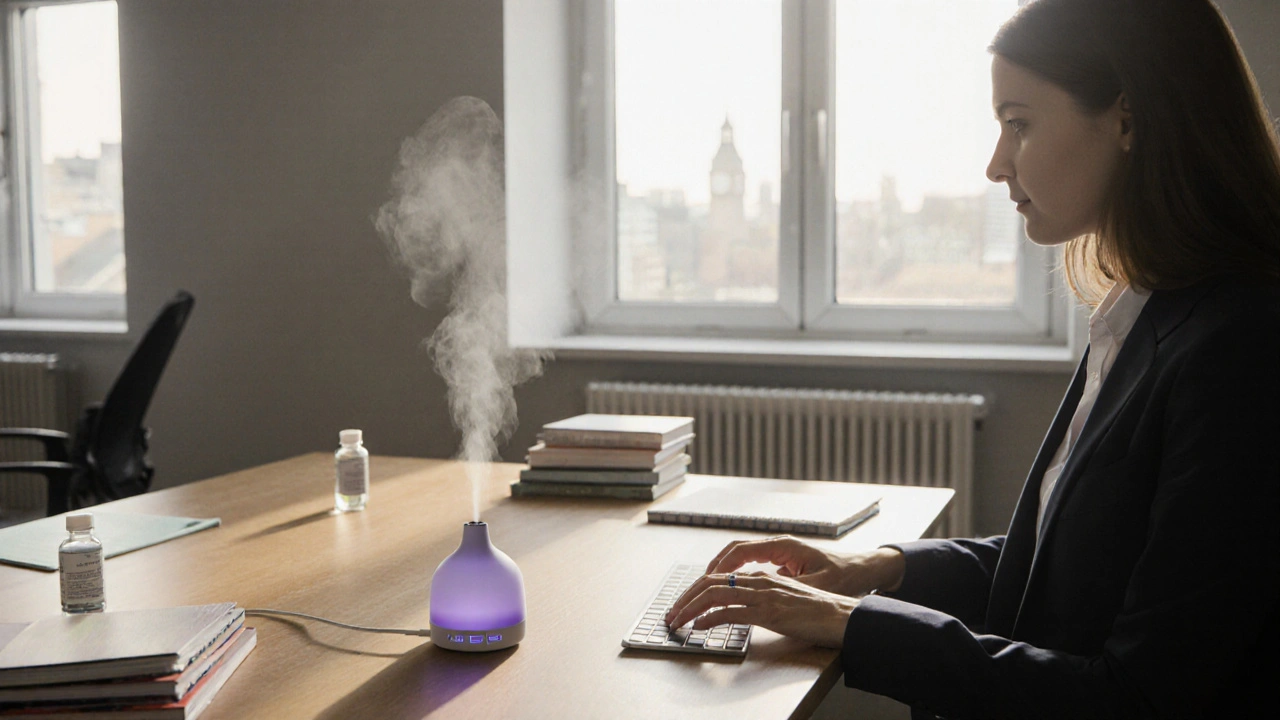
How Aromatherapy Boosts Workplace Productivity
Aromatherapy can boost workplace productivity by reducing stress and sharpening focus. Essential oils like peppermint, lavender, and lemon have been shown to improve task accuracy, lower cortisol, and enhance memory-without medication or caffeine.
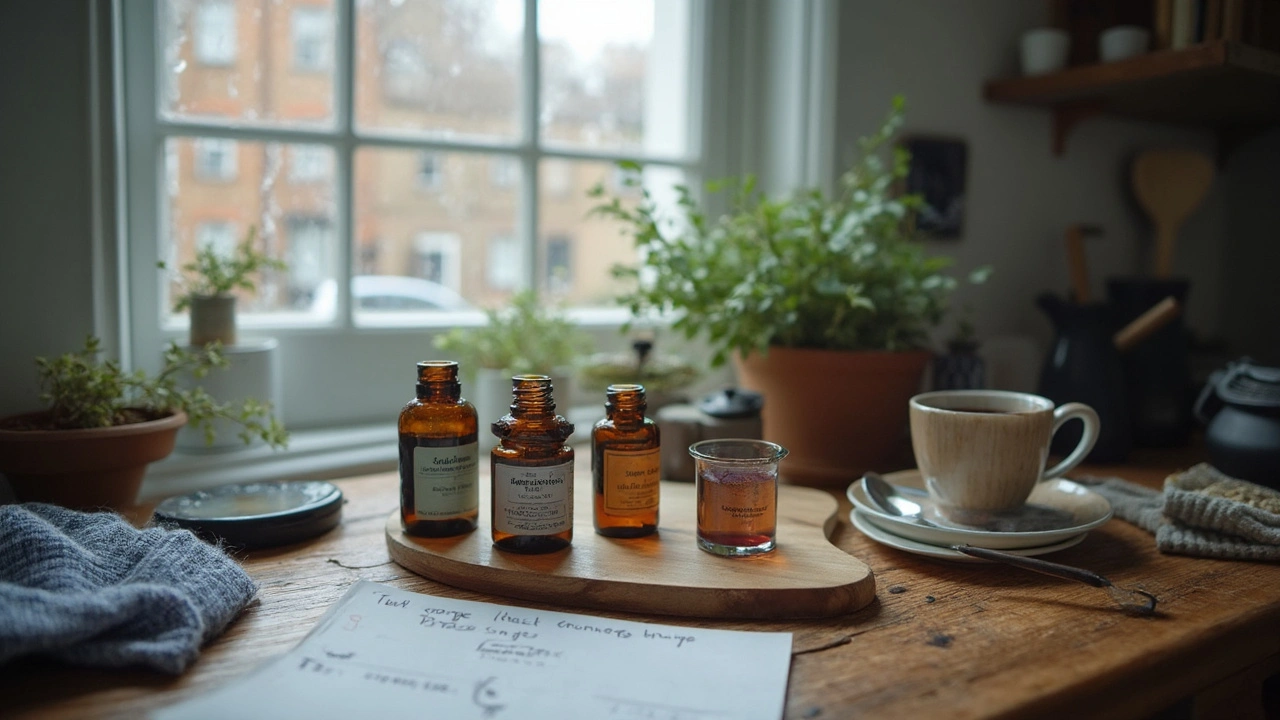
Mastering Aromatherapy: A Step‑by‑Step Guide for Safe, Effective Essential Oil Blends
Practical, science‑savvy aromatherapy steps: choose the right oils, dilute safely, blend with confidence, and avoid common mistakes. Recipes, charts, and FAQs included.
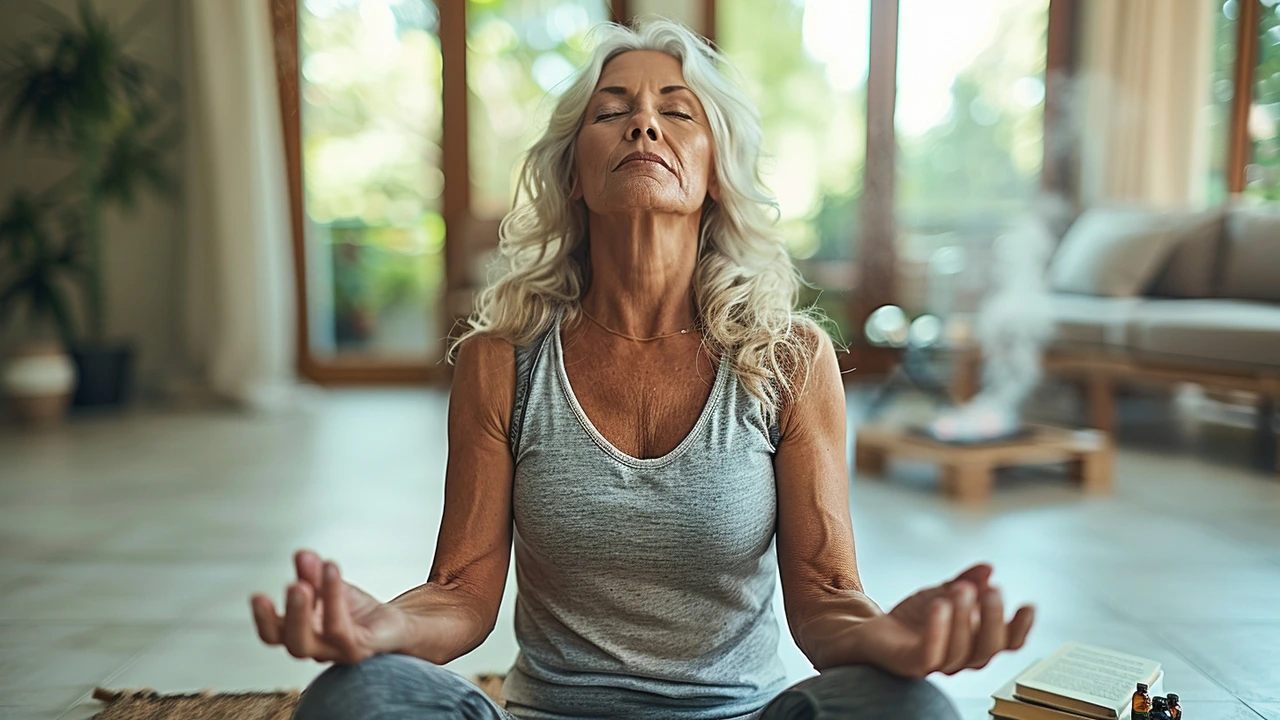
Essential Oils for Pain Management: Harnessing Aromatherapy's Soothing Power
Exploring the intersection of natural healing and modern wellness, this article delves into how aromatherapy and essential oils can be effectively used for pain relief. It covers different types of essential oils suitable for various pain types, methods of application, and the scientific basis behind their efficacy. Additionally, it provides practical tips for integrating these oils into your daily routine for optimal benefits.
Categories
- Health and Wellness (148)
- Alternative Therapies (81)
- Massage Therapy (40)
- Travel and Culture (14)
- Beauty and Skincare (9)
- Holistic Health (8)
- Health and Fitness (5)
- Spirituality (5)
- Other (2)
- Personal Development (2)
Popular Articles
